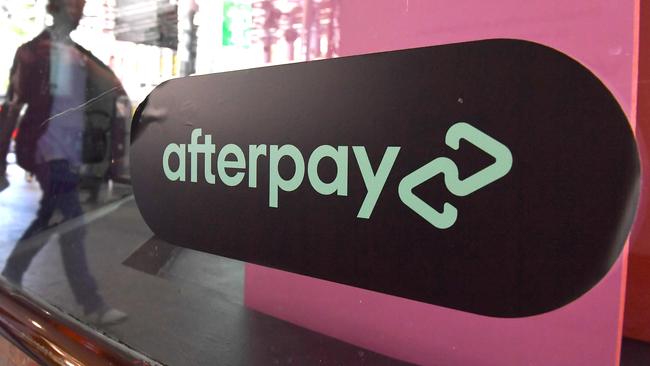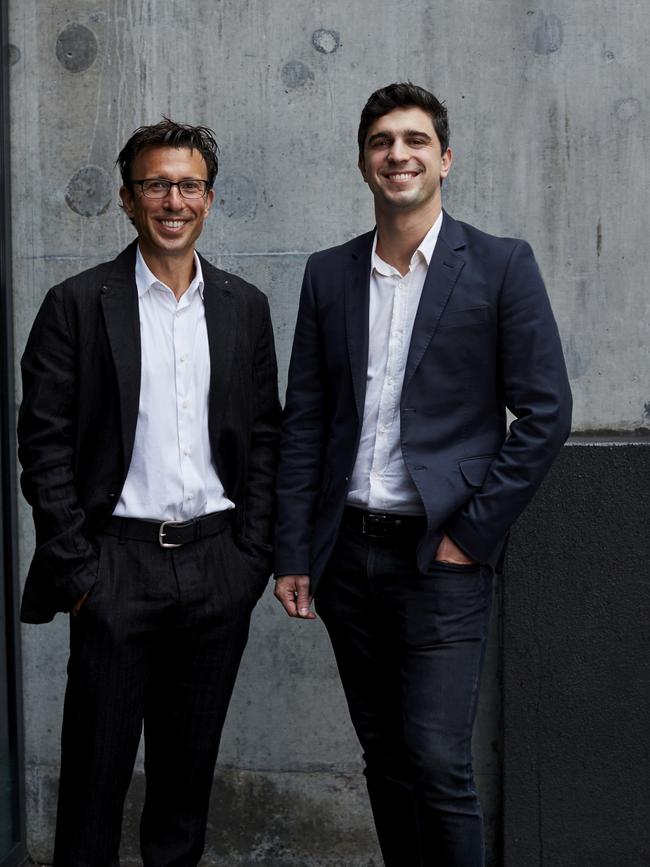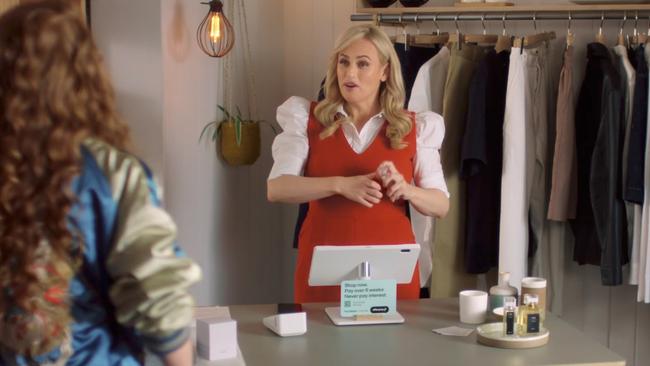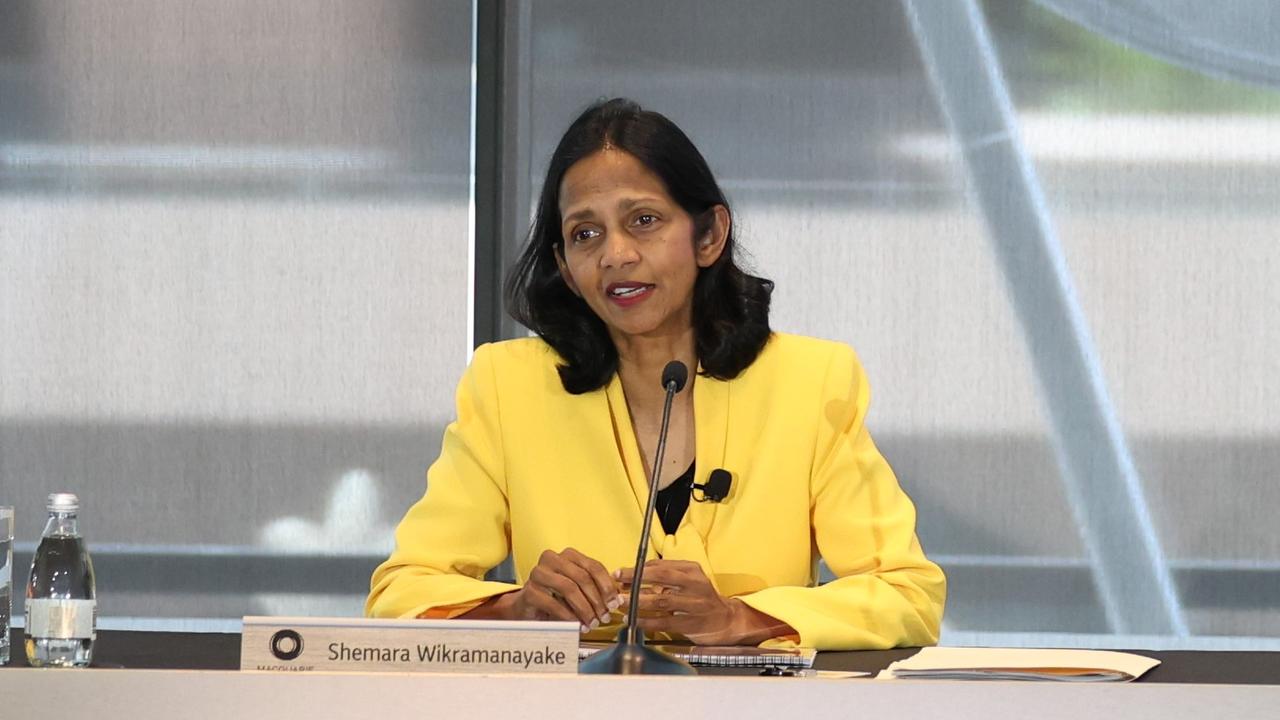‘Isn’t lay-buy dead?’: Why Afterpay was different
One major fund manager recalls what shifted his thinking on Afterpay to get in on the ground floor of the tech start-up.

I remember after meeting Nick Molnar in 2017 coming back to the office and telling colleagues “the CEO is too young” and “isn’t lay-buy dead?”
Could I have been more wrong? I was walking out of a meeting with a founder who in five years’ time would be considered one of Australia’s best ever CEO entrepreneurs. But with investing you need a little bit of luck, and something stood out to me… how does a microcap lay-by business attract names like Cliff Rosenberg and David Hancock to the board?
I knew them both. Rosenberg, I had met through another listed business (Nearmap), and he had an incredible track record before that growing LinkedIn in Asia-Pacific. I’d worked with Hancock at Commonwealth Bank when he was head of equities where he was enormously respected – including by myself.
My initial mistake was viewing Afterpay through the eyes of a late 30-something male who thought this was too obvious to work, rather than a 20-year-old millennial female shopping in the fashion and beauty segment – their original target market. I needed to throw off the shackles of my past experiences.
Sitting down with Rosenberg when Afterpay made its ASX debut in mid-2017 turned me around and got me excited. He said the founders were dynamite. He hadn’t seen a visionary like Nick before who was 25 going on 40 years old, and Anthony Eisen’s business acumen was first rate – making a dream team that whilst they could have heated debates – they’d always get to an agreement.

With a fresh set of eyes, I went and spoke to some of Afterpay’s very first retailers, and it completely changed my mind. They loved it. It increased sales conversion, expanded the basket size and it improved returns. Many of the owners of these businesses were even taking stock in the initial public offering.
Ultimately, we invested following the IPO, and as time would tell, snag our first 50-bagger (assuming Square’s proposed $39bn acquisition proceeds as expected).
From very early on Afterpay’s addressable market was exploding. It was broadening outside of fashion and beauty into things as diverse as dentistry and airline tickets, with males increasingly using it too. Crucially older cohorts of customers were using it more and more – showing how much they loved it. We quickly started seeing the business as relevant for not just retail “some things” but retail “almost everything”, as it rapidly increased its percentage of the checkout.

In late 2018 Afterpay had its first test….the stock halved. ASIC was undertaking a regulatory review of the buy now, pay later (BNPL) sector. Everyone was reading doom and gloom newspaper headlines on the company and many Australian fund managers bailed out. Rather than being caught in the headlights we remembered the insights we got speaking to Afterpay’s first retailers in Australia.
So, we got on a plane to speak to their first retailers in the US. And it was going so well for them, driving online sales and changing customer behaviour. It was like hitting play on a cassette recording of what those first Australian retailers said. We bought a huge amount of Afterpay stock, and our timing couldn’t have been better as more negative headlines came and sellers were out in force. To perform as a fund manager, you can’t follow the herd.
Around the same time, I remember bailing up David Hancock on Collins St in Melbourne and walking down it with him. He was so excited. They had just brought on a new head of risk from Uber and were attracting some amazing talent for the US expansion with lucrative options packages.
In hindsight this was one of the most important actions the company took to allow Afterpay to scale. It was no longer an Australian payments business – but on its way to becoming a global phenomenon.
It was not long before the company would be tested again as Covid-19 hit the Australian market in March last year. The stock price cratered from $40 a share to below $13. Nick, Anthony, and the board thought (as everyone did) they could be in big trouble. Brokers were sending reports to short the stock every day. The company pivoted quickly though, tightening their approvals process, then spending on “stay at home” items took off, spurred on by lockdowns and government fiscal support. E-commerce got a shot of adrenaline and retail online adoption accelerated into the future. We saw internet traffic we monitor for Afterpay pick up rapidly. The company had just passed another big test.
We have often been asked over the years with Afterpay “How can it be valued so high when it doesn’t make a profit?”

Its Australian business is highly profitable, but it is using that cash flow to grow and take market share in new geographies. This is crucially important when it is breaking into new markets, where it can acquire customers cheaply in the absence of an incumbent competitor. BNPL is a scale game – being slow or late can be deadly. They need to win the land grab phase through expansion and higher investment in marketing and technology. The moment they had stopped reinvesting for growth to prioritise generating profits today, would have been the moment we headed for the exit.
Where to now for Afterpay? I think it’s just the end of the beginning. Square seems a good match with lots of synergies. Since the acquisition announcement you can see that 1+1 = 3 with Square’s share price rising significantly. Further bids may come out of the woodwork with Apple and PayPal two potential candidates.
We still own Afterpay in case a bidding war breaks out. Further consolidation in the BNPL industry will likely follow with perhaps 2-3 key players left at maturity. I can see BNPL being just one, albeit very important, offering in a suite of products for the dominant payment’s providers.
But Nick and Anthony are rare. The leaders in the sector and the original entrepreneurs. They have made Afterpay a verb. I couldn’t be happier to have had my initial thoughts proven wrong. The Board once told me they had to encourage Nick to fly business class overseas as he was so frugal. If Nick can keep that kind of mindset and culture in the business – it’s got every chance of being one of the few established players at the end.
Andrew Mitchell is a co-founder and senior portfolio manager with Ophir Asset Management. Ophir holds a long term position in Afterpay shares.





To join the conversation, please log in. Don't have an account? Register
Join the conversation, you are commenting as Logout